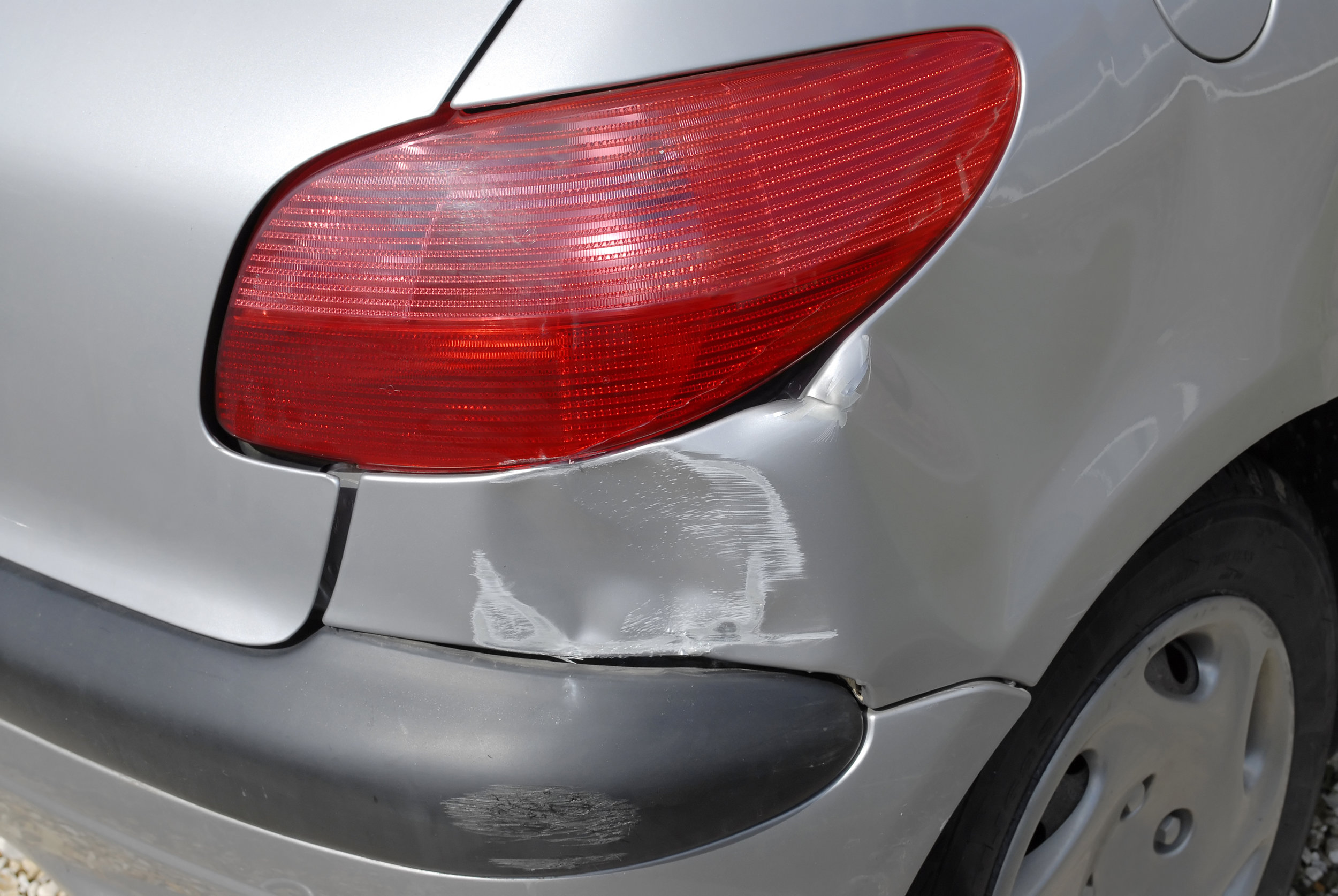Driverless cars not expected in the next decade – survey reveals
/Less than 20% of people expect to be using driverless cars in the next 10 years, however 62% believe they will be driving electric cars.
These are the findings from a survey by Dorset sixth form student, Bronte Mosley, who canvassed opinion from 100 people – from teenagers to senior decision-makers in the fleet industry.
To see the results of the survey, click here >>
The online survey at the end of May 2019 brought responses from all ages, with a 55/45 male/female split and it revealed some fascinating insights into people’s beliefs about how they will travel in the next decade - all as part of a project to look at the future of transport in the UK.
79% of respondents stated that they will still own a car in 10 years’ time, however only 16% believe this will be a petrol or diesel.
21% expect to be in an ultra-low emission car with 62% driving fully electric.
Despite the progress of driverless cars, only 18% think they’ll be using a driverless vehicle by 2029, with 82% of people still expecting to be driving their car themselves.
When it comes to concerns about climate change, 84% stated that there need to be changes to the way we travel in the next 10 years, yet only 54% are ‘very’ willing or ‘extremely’ willing to make changes to their own lives to make this happen.
Student Bronte Mosley, said, “I decided to carry out the survey after conversations with my father who has worked in the fleet sector for 30 years.
“He had been talking about mobility as a solution (Maas), the drive towards electric vehicles, the pressure on climate change and how technology was driving the way we travel.
“I decided to find out for myself what people believed would be the situation in 10 years’ time and was amazed at how much interest there was across the fleet sector with many senior fleet decision makers completing it online, as well people of my own age group and younger.
“I never expected it to be so popular and actually got 111 completions, however I couldn’t afford to pay for the survey monkey upgrade that enabled me to see them all and so its limited me to only seeing 100 of them!” joked Bronte, who has now submitted the project as part of her A Levels.
- Ends –
For more information contact Jonathan Mosley 07939 158033












